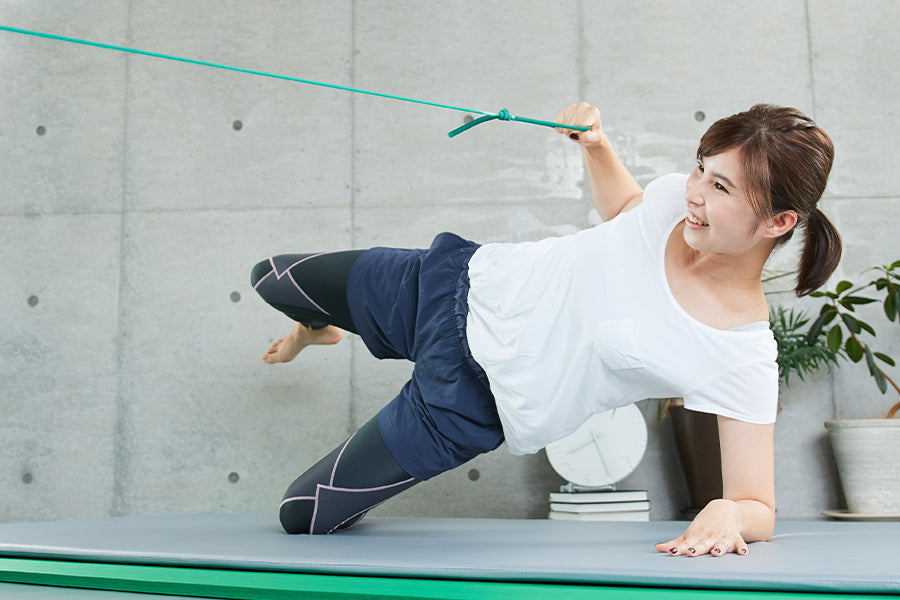Rubber Bands: Dr. Neal H. Patel, a family medicine specialist, compares muscles to rubber bands with a natural stretch and elasticity. When muscles feel tight, it means they lack the flexibility and freedom of movement they should have, resembling stiff rubber bands.
Reasons: Tight muscles can occur for various reasons. According to Claire Such, a physical therapist, muscles can be shortened due to a sedentary lifestyle or prolonged periods in the same position. Chronic muscle tightness may also indicate weakness and fatigue, signaling the need for muscle-strengthening exercises.
Lack of Exercise and Stretching: can reduce natural movement and integrity of muscle fibers and tendons. Sitting, especially while working on computers or gadgets, is a common cause of tight muscles. It shortens the hip flexors, tightens the hamstrings, and strains the upper trapezius muscles due to poor posture.
To Release Chronically Tight Muscles: it's essential to engage in proper stretching techniques. Static stretching, performed after warming up or completing other exercises, can be beneficial. Proprioceptive neuromuscular facilitation (PNF) stretching is commonly used by exercise physiologists to increase muscle length and improve range of motion. One effective PNF method is the hold-relax with agonist contraction.
Incorporating Core Strength Exercises: such as planks, can improve muscle tightness caused by a weak core. Strengthening the specific muscle groups gradually over time also contributes to eliminating muscle tightness and enhancing dynamic stability.
To Enhance Stretching: consider incorporating foam rolling as a warm-up activity. Hydration is crucial for muscle health, as dehydration can contribute to muscle tightness. Drinking adequate amounts of water daily is recommended, with plain water being the most effective choice.
In addition to stretching, getting a massage from a licensed professional or using massage guns can provide deeper tissue pressure and help relax and break down muscle tension.
While tight muscles may result from aging and lack of use, incorporating regular stretching and movement into your daily routine can keep your muscles supple and flexible as you age.
By prioritizing your muscle health through stretching and exercise, you can maintain a youthful and agile body for years to come.









